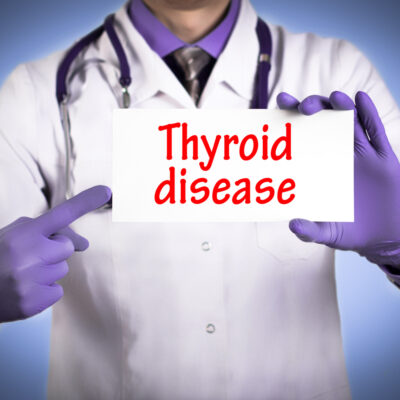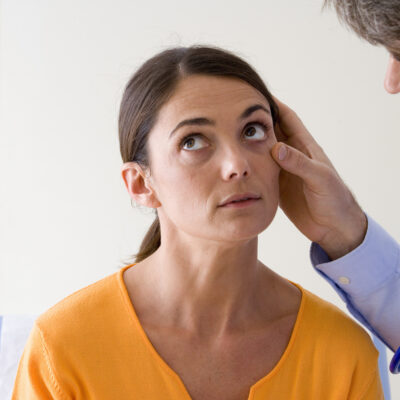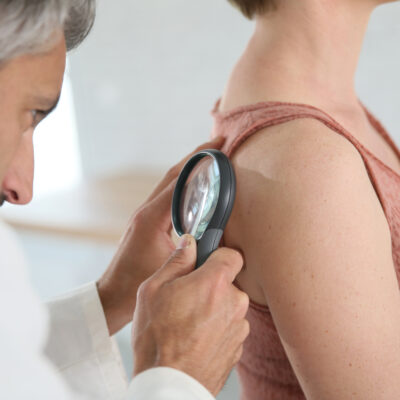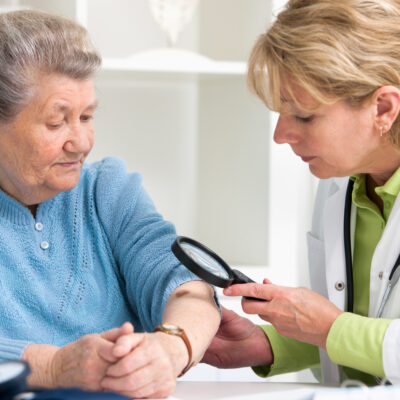
Health
Thyroid Disease: Causes, Symptoms, and Types
Located in the anterior portion of the trachea just below the larynx in the neck region, the thyroid gland is one of the most important endocrine glands in our body. The butterfly-shaped bi-lobular gland is connected in the anterior by an isthmus or a narrow tissue strip. The thyroid gland plays a very important role in maintaining the metabolism of the body and thus, helps in regulating the body’s normal functions. There are four lobes of parathyroid glands located two on both sides of the thyroid gland. It helps in maintaining the normal blood calcium level in the body. It secretes three types of hormones: Triiodothyronine (T3) Tetraiodothyronine (T4) Calcitonin 1. Causes There are several types of thyroid diseases which are either caused by structural or functional anomaly. Treating thyroid diseases depends a lot on finding the cause of the disease. The normal functioning of a thyroid gland depends on the amount of iodine intake in one’s diet. Thus, any deviance from the normal iodine requirement of the body can cause hypersecretion of thyroid hormones and thus, thyroid diseases. Apart from that, thyroid diseases can also be caused due to enlargement or uncontrollable growth in the thyroid tissue or nodules which might eventually lead to thyroid cancer.
Read More 















